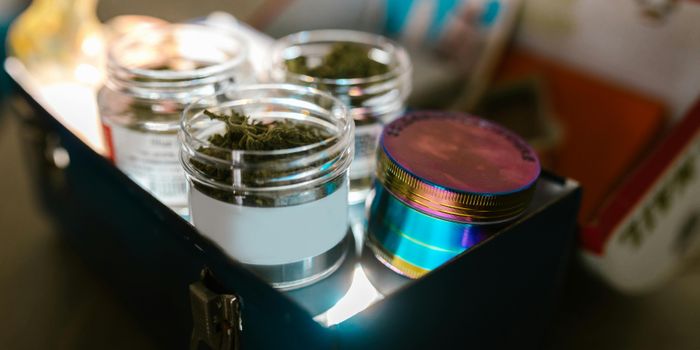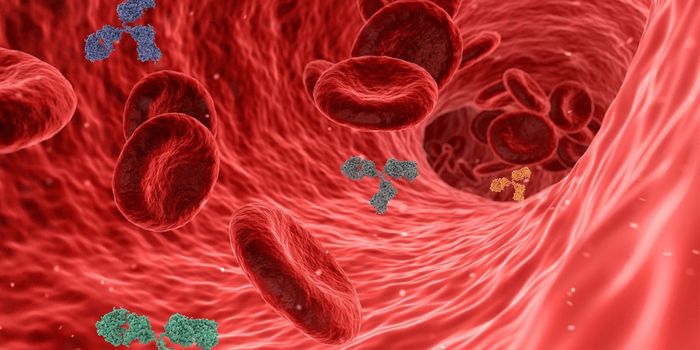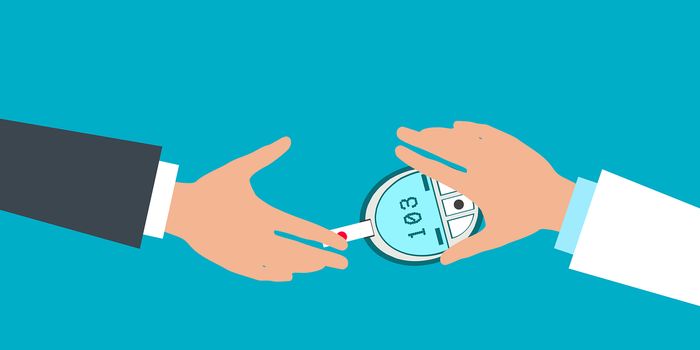Compound Prevents Malaria Transmission in Mosquitoes

In a publication in Nature Communications, scientists from the Imperial College London have recently screened 70,000 compounds and were able to find just 6 of these compounds that are capable of stopping the spread of malaria by preventing parasites from infected mosquitoes. The prevention of malaria transmission is crucial to disease elimination, this is because an infected individual may be cured from malaria through therapeutic drug use, however, may continue to carry the dormant—sexual form that can continues transmission. "Current antimalarial drugs can cure a person of the disease, but that person is still infectious to mosquitoes, and can therefore still cause someone else to become infected,” explains Professor Jake Baum, from the Department of Life Sciences at Imperial. "What we propose is antimalarial drugs that protect mosquitoes, blocking the parasites from continuing their infectious journey. By combining such a drug with a conventional antimalarial, we not only cure the individual person but protect the community as well.
Learn more about Malaria:
"At the level of the individual person, fighting malaria is a constant battle as parasites become resistant to antimalarial drugs. Since transmission occurs in the mosquito, drugs targeting this process have the added benefit of being naturally much more resistance-proof, which could be essential for eliminating malaria,” says Baum.
One of the identified compounds had already demonstrated the ability to block parasite transmission from mice. Researchers are now investigating all other compounds further to determine the mechanisms of how the compounds works, and if such understanding could evolve into future therapeutics.
The malaria parasite make particular good drug targets because of its sexual life cycle. If researchers are able to use these compounds to disrupt sexual parasites, then they need to mimic the internal conditions of a mosquito. Surprisingly, they found that miniaturizing the process of mosquito conditions (in order for a microscopic examination) allowed them to screen the compounds and to analyze its effects on active sexual parasites. "It took several years to find the right conditions that would stimulate the sexual parasites and to miniaturize the environment, but it was worth it -- at our best we were screening 14,000 compounds a week,” Baum said. "Overall we screened around 70,000 molecules and found only a handful of potent compounds that are both active and safe to use with human cells. It was like finding needles in a haystack."
Source: Imperial College London








